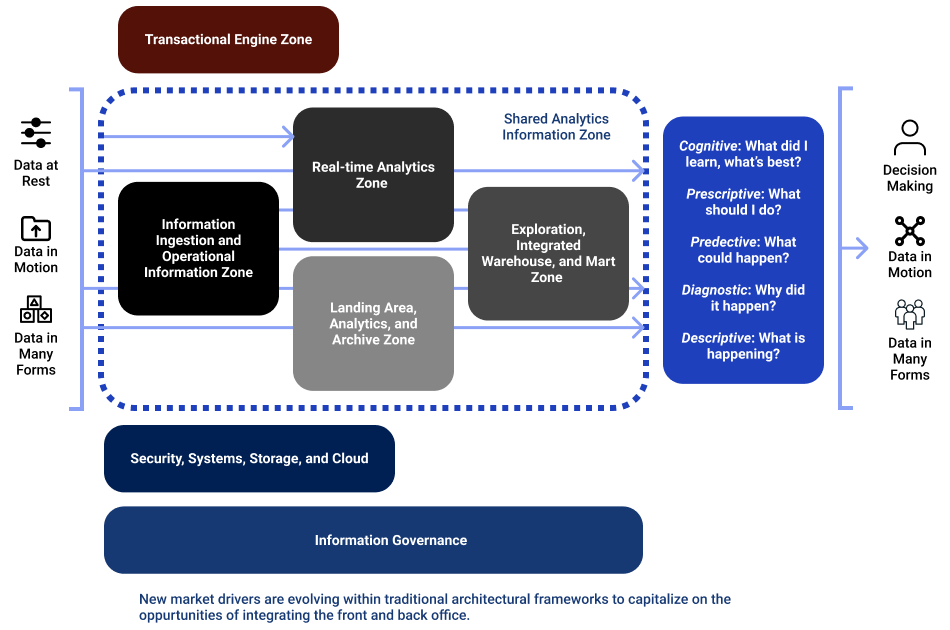It is more than collecting, aggregating, and presenting data – Integrating the data silos for better decisions is more complex than ever. Moreover, companies try to get timely access to insights and achieve a quicker turnaround with enhanced data quality.
The existing decision architectures lack capabilities for advanced analytics. Also, they comprise several independent or disparate systems with many integration points and usually require an immense reconciliation effort. Therefore there is a need of building a decision support system.
Pain points
- Absence of accurate and timely data
- Increased risk of inconsistencies due to duplicate data
- Lack of advanced analytics and managed complexities
Decision Support System (DSS)
Our decision support system also acts as a foundation for all processes across the value chain. It serves as a single source of truth for all investment decisions. Further, it supports advanced and predictive analytics capabilities like visualization techniques and smartly handles complexity in investment strategies and products.
Characteristics or Features of DSS
- Integrates and pulls data from disparate systems for the asset management firms
- Provides a real-time view of all positions and transactions
- Allows the firm to make investment decisions with transparency and knowledge of risk exposures
- Supports what-if allocation scenario analysis, export to excel, and advanced predictive analytics
- Offers overnight turnaround time for advanced analytics
- Checks data quality on the way in from different systems
Illustrative NextGen Analytics Engine
The next-gen analytics engine solves the above pain points with an adaptable, scalable, and integrated architecture. It facilitates seamless interactions between the three components, including embedded API gateway, built-in DSS, and investment allocation workflow.
The underlying framework also supports and accepts data at rest, data in motion, and data in many forms. It results in minimized interaction points, streamlined business processes, and improved business decision-making.

IBM’s Point of View on Enterprise Analytics in the era of Big Data
Suggested Implementation Model
The incremental roll-out approach comprises four stages – namely discovery, strategy, design & planning, and implementation
Discovery Phase
- Review upstream systems, data providers, and processes readiness to support a DSS
- Outline the interactions between the applications to evaluate the degree of entanglement and dependencies
- Analyze data architecture for comprehensiveness, quality, and availability
Strategy Phase
- Syndicate and agree on the high-level execution strategy
- Prioritize and define implementation phases
- Make strategic Buy versus Build decisions for the required features
- Define success criteria for implementation
- Define IT Org and governance model
Design & Planning Phase
- 2-speed architecture where legacy applications and future state architecture can co-exist for a smooth transition
- Project planning with tactical and strategic milestones
Implementation Phase
- Program and Change management is part of this iterative and development-intensive cycle
Visit our marketplace and learn some plug-and-play analytics solutions.
